-
Geoengineers plan to test massive underwater curtains that could slow the catastrophic melting of glaciers.
-
The Thwaites, also known as the ‘doomsday glacier’, has lost more than 1 trillion tons of ice since 2000.
-
If the Thwaites were to collapse completely, global sea levels would eventually rise by about 3 meters.
A few meters of sea level rise may not sound like much. But if global sea levels were to rise by 60 cm, the consequences for coastal communities would be catastrophic.
Cities such as New York, Miami and New Orleans would experience devastating flooding. Around the world, 97 million people are believed to be in the path of the rapidly advancing waters, endangering their homes, communities and livelihoods.
That’s what would happen if the Thwaites Glacier, nicknamed the ‘doomsday glacier’, collapsed. But it wouldn’t stop there.
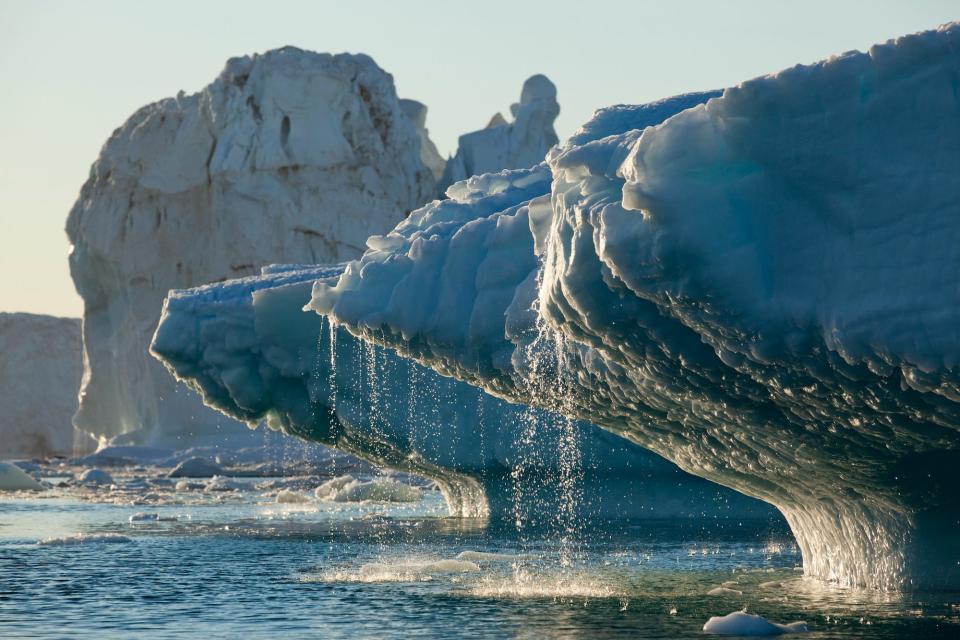

Currently, this enormous Antarctic ice shelf prevents warming seawater from reaching other glaciers. If the Thwaites collapsed, it would trigger a cascade of melting that could raise sea levels by another three meters.
Melting Thwaites already contributes to 4% of global sea level rise. Since 2000, the Thwaites have lost more than 1 trillion tons of ice. But it’s far from the only glacier in trouble, and we’re running out of time to save it.
That’s why geoengineers are innovating technologies that can slow the melting of glaciers.
The latest strategy is curtains. That’s right: underwater curtains. John Moore, a glaciologist and geoengineering researcher at the University of Lapland, wants to install giant underwater curtains 100 kilometers long to prevent warm seawater from reaching the glaciers and melting them.
But he needs $50 billion to make this happen.
Drawing the curtains on the melting of glaciers
One of the main causes of glacier melting is the flow of warm, salty seawater deep into the ocean. For example, these warm currents lap against the sides of the Thwaites, melting away the thick ice that keeps the edge of the shelf from collapsing.
As the oceans warm due to climate change, these invading currents will increasingly erode the Thwaites, bringing it closer to total collapse.
Moore and his colleagues are trying to figure out if they can anchor curtains to Amundsen’s seafloor to slow the melting.
In theory, these curtains would block the flow of warm currents into the Thwaites to stop the melting and give the ice shelf time to thicken again.
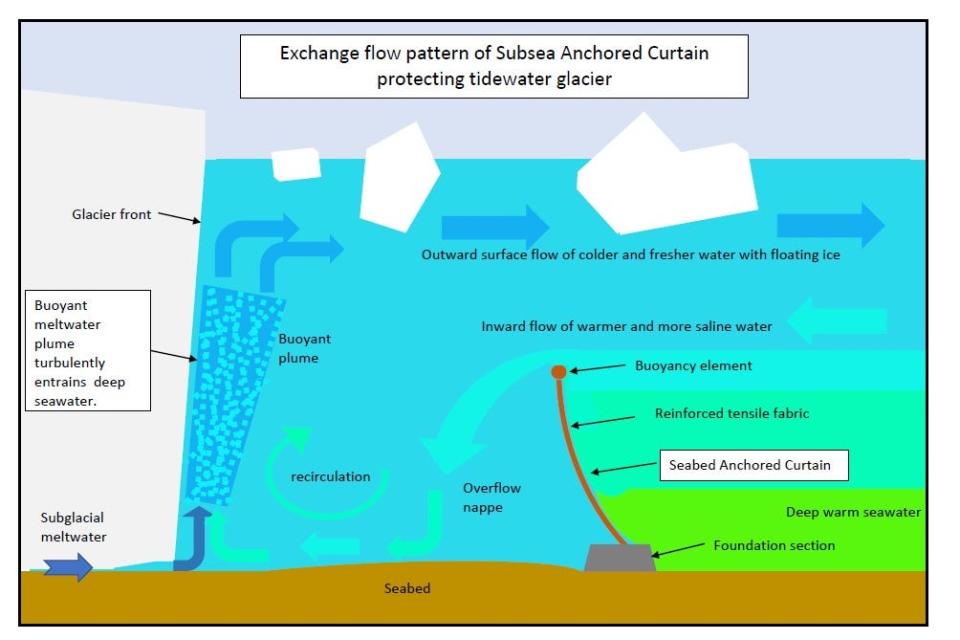

This isn’t the first time Moore has suggested this blocking solution. His curtain idea is based on a similar solution he proposed in 2018, which would block hot water using a solid wall.
But curtains are a much safer option, according to Moore.
They are just as effective at blocking warm currents, but much easier to remove if necessary, he explained.
For example, if the curtains are taking an unexpected toll on the local environment, they can be taken out and redesigned.
“Any intervention should be something that you can roll back if you have doubts,” Moore said.
While Moore and his colleagues are still decades away from implementing this technology to save the Thwaites, they are testing prototypes on a smaller scale.
A $50 billion idea
Moore’s colleagues at the University of Cambridge are already in the very early stages of developing and testing a prototype, and could move to the next phase as early as the summer of 2025, according to Moore.
Researchers at the University of Cambridge are currently testing a more than one meter long version of this technology in tanks. Once they prove its functionality, they will test it in the River Cam, either by installing it at the bottom of the river or by pulling it behind a boat, Moore said.
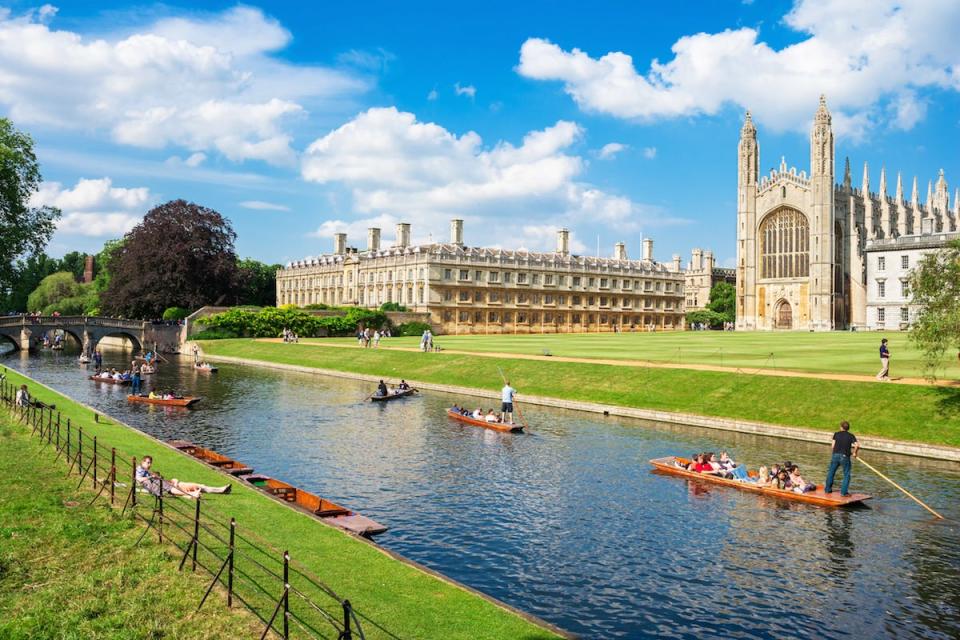

The idea is to gradually scale up the prototypes until there is evidence that the technology is stable enough to install in Antarctica, Moore explains.
If all goes well, they will be able to test a series of 10-meter-long curtain prototypes in a Norwegian fjord in about two years.
“We want to know what could go wrong? And if there’s no solution, then eventually you just have to give up,” Moore said. “But there’s also a lot of incentive to try to make it work.”
Increasing scale creates a greater need for financing. This year’s experiments will cost about $10,000. But to get to the point where Moore and his colleagues can confidently implement this technology, they’ll need about $10 million.
And they would need another $50 billion to actually install curtains in the Amundsen Sea.
“It sounds like a lot,” Moore said. “But compare the risk and the risk: the cost of sea level protection around the world, just coastal defense, is expected to be about $50 billion per year per meter of sea level rise.”
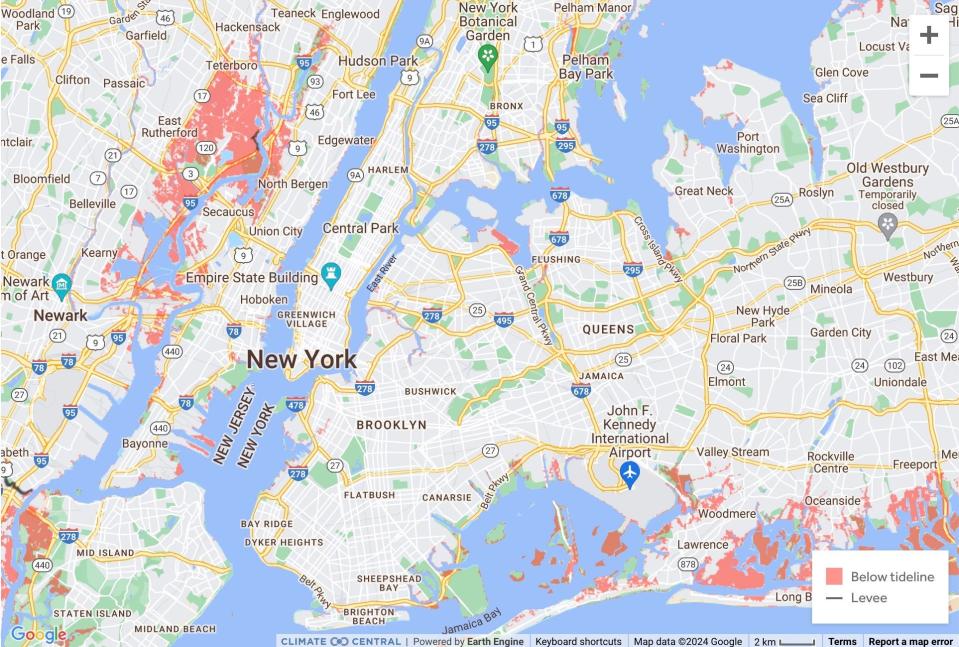

While some coastal cities, like New York, have the budget to adapt to rising sea levels, others won’t even come close.
“One of the big driving forces for us is this social justice point – that it’s a much fairer way to deal with sea level rise than just saying, ‘We should spend this money on adaptation,’” Moore said.
A race against time
Data shows that the Thwaites Glacier, and others like it, are melting at an unprecedented rate due to climate change. But the question of when they might collapse remains a subject of debate among glaciologists.
“We really don’t know if that is the case [the Thwaites] could collapse tomorrow, or 10 years from now, or 50 years from now,” Moore said. He added: “We need to collect better data.”
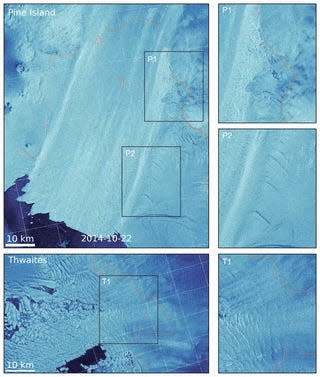

But collecting better data will take time that these glaciers may not have.
Glacial geoengineering advocates like Moore believe now is the time for intervention. Other experts disagree, saying that cutting CO2 emissions is the only viable way to slow the melting of the glaciers.
While cutting emissions is essential to mitigating the effects of climate change, Moore is not confident that we will make drastic or fast enough cuts to save the Thwaites. Once it reaches a tipping point, “Then the glacier doesn’t really care anymore what people want to do about their emissions,” he said.
“At that point you need these other tools in the box.”
Read the original article on Business Insider